Work From Home Goals: How To Achieve Goals In Remote Teams
We all know that the pandemic has accelerated remote working. But the trend towards a remote and distributed workforce was there before. Especially for technology companies where the benefits, as well as the economics, of accessing global talent pools are compelling.
There are, of course, many challenges with this way of working as well, but, in this article, I will focus on work from home goal and executional alignment. The framework for goal setting often chosen by technology companies is OKRs (Objectives and Key Results). With shorter planning cycles that emphasize focusing on priorities, frequent check-ins, and retrospectives, it aligns with agile working brilliantly.

What is an OKR?
An OKR on the face of it is simple as it consists of just two entities. The Objective and the Key Results. So why are OKR’s important? The Objective describes the what and the why of the goal and the Key Results describe how you would measure success.
Here are a few OKR examples for information technology:
- Build a next-generation screen recording tool to help teams communicate easily
- Increase Weekly Active Users to 1.5m
- Increase trial to paid customer conversion to 75%
When setting team objectives like this, teams can align or cascade their own OKRs from this and then adjust their executional plans. For software teams, they might align Epics in Jira with an OKR like this. For Marketing, they might align a goal around growing sign-ups. For the UX team, they might work on a sprint to improve user onboarding with the hope that this would impact the “trial to paid conversion rate”.
When you align the work being done with measurable outcomes like this you also create a way of calculating the impact of the effort that’s going in. This, in turn, is not only good for levels of job satisfaction but also for learning. Only when you evaluate an outcome can you know whether what you did worked or not. That’s how your remote team will know and will have an opportunity to reflect on the impact, learn and decide whether further improvements are needed or not.
How to set goals in distributed teams
Step 1: Have the right conversations
Like with all forms of achievement, the goal sets the direction. So, having clarity on your company and team OKRs is a good first step. To get that clarity, you will need to have had conversations about the most important changes that need to happen — the tasks that your team thinks you should be committed to.
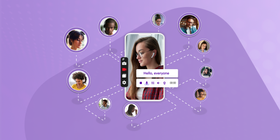
How teams make these important decisions is really interesting. We would all like to think we use productive reasoning to come up with a rational decision; that we get there through a process of sharing all important information followed by an explanation of our ideas and reasoning and then reaching a consensus on the best option.
This does happen a lot in teams, but you can also find teams that are not open to discussion. Teams that push their own agendas and avoid transparent and productive conversations.
What’s more, the people doing this don’t always know they are doing it. Being aware of when it is happening is hard. It takes practice and a process known as conversation reflection. If you want to learn more about this, get familiar with the research done by Argyris.
So, how should remote teams go about discussing their goals?
How can they avoid personal biases?
The type of teams that make OKRs and agile working work effectively use what Argyris would call “Model 2 - Productive Reasoning”.
What Is Model 2 - Productive Reasoning?
These productive conversations can happen with remote or hybrid teams. The input of these updates and conversations typically is:
- Last week’s progress
- Priorities for the week ahead
- Problems identified
- Goal progress and confidence
To be able to discuss this type of agenda, you can’t withhold information. Tasks that are going to be worked on are designed and agreed upon jointly. This ensures that free and informed choice is central to the team's effectiveness.
You will also find that greater visibility when setting goals and working helps to ensure everyone is focused on the right things, bringing greater alignment and accountability to the team as a whole. It also ensures there are no unnecessary catch-ups when your entire team is working from home. You can see everything on a single screen.
Step 2: Do not confuse outputs and outcomes
It’s easy to have an employee's contribution defined as the work they are doing. These might be tasks that are part of a project or following the steps of a well-established process. Whatever the case, work is often referred to as outputs.
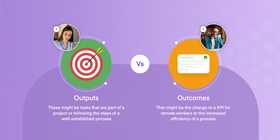
The outputs we do have consequences – outcomes. Outcomes are usually metrics that tell us the impact we had. That might be the change to a KPI for remote workers or the increased efficiency of a process.
The problem is that outcomes are often not clearly defined. Knowing the difference between outcomes vs. outputs really helps in the planning of goals and aligning the work delivering that goal achievement.
Step 3: Tool-up for remote working success
Remote work tools play a big part in the success of distributed teams. These tools can be anything from OKR software like ZOKRI to email clients and their alternatives, to communications tools like Slack, project management tools like Jira, spend management tools like Fyle, and video messaging software like ScreenRec. These are all part of the perfect remote team setup.
All the way through a quarter, teams have their goals to anchor their work to and deadlines to help them manage their time when working remotely.
It’s also worth noting that spreadsheets and siloed point apps don’t provide an effective solution to the challenges and opportunities that are present when setting goals, and achieving role and executional alignment. However tempting they may seem, and however keen you are not to buy more software.
Key takeaways
Remote and hybrid working is not going away anytime soon and the phrase “new normal” applies here. What we need to do is to continue to adapt the way we work around where we choose to work. And, on this journey, we need to balance the needs of the company that employs us with our human needs to feel productive, to learn, to connect socially with colleagues, and to develop our careers.
Better goal-setting, better communication approaches, and fit-purpose software systems are crucial to making this work.
That being said, the key takeaways are:
- A team without a good way of setting aligned goals is not going t o be as effective as you would like and OKRs are a great approach to this.
- Goals in spreadsheets suffer from “set-and-forget” when what you really need is continual engagement.
- Effectiveness is the way to achieve more goals and meet your deadlines, and that requires you to work in an agile way.
- Technology matters if you want your remote and distributed teams to thrive, so make sure you choose the platforms and tools that set your teams up for success.
Invest your time to learn more about all of these areas and to evolve where you can and where is necessary. Your commitment will certainly be rewarded.



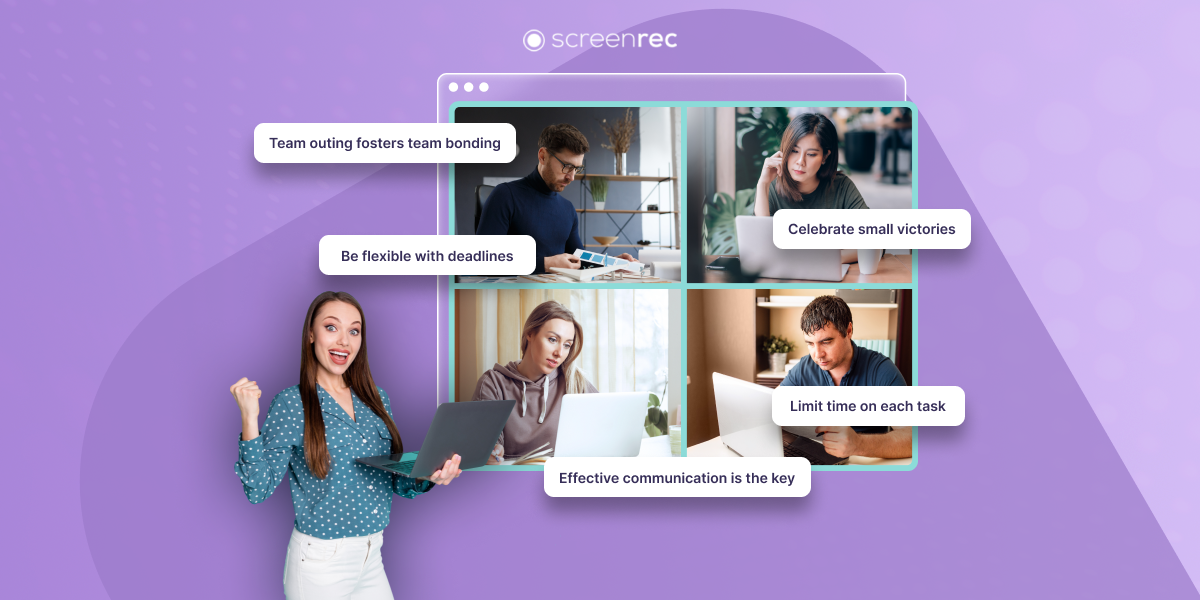




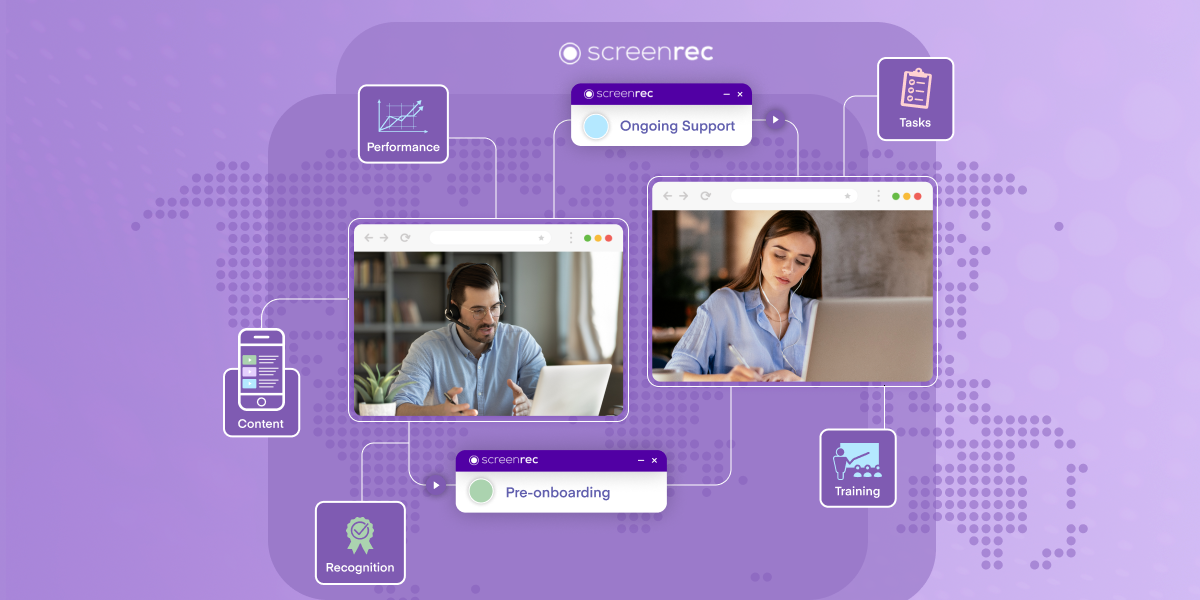
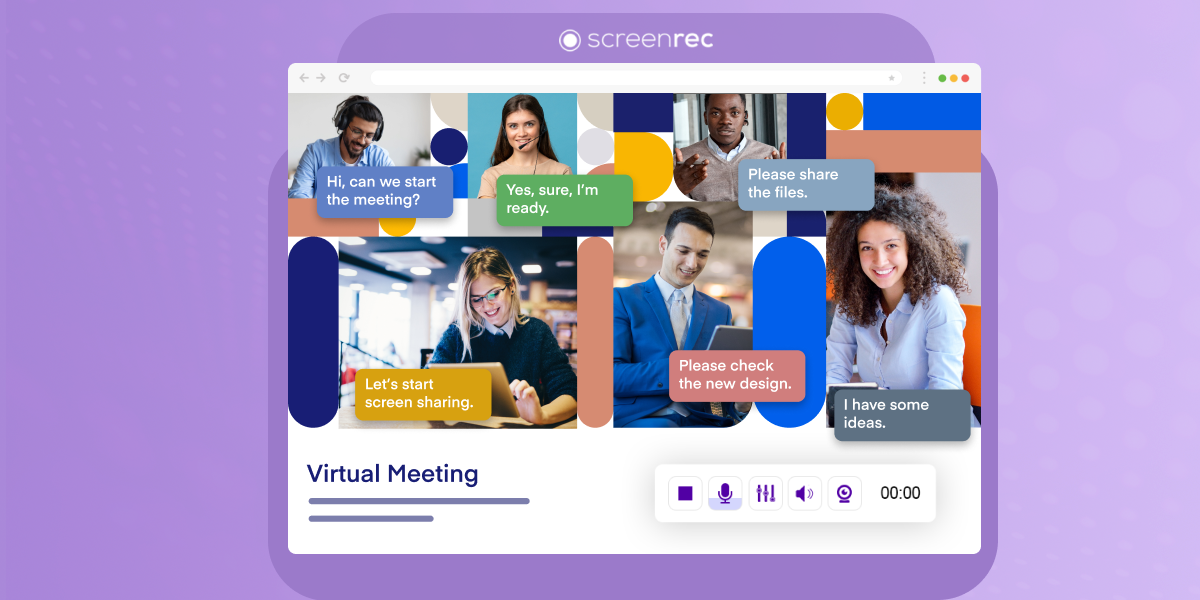
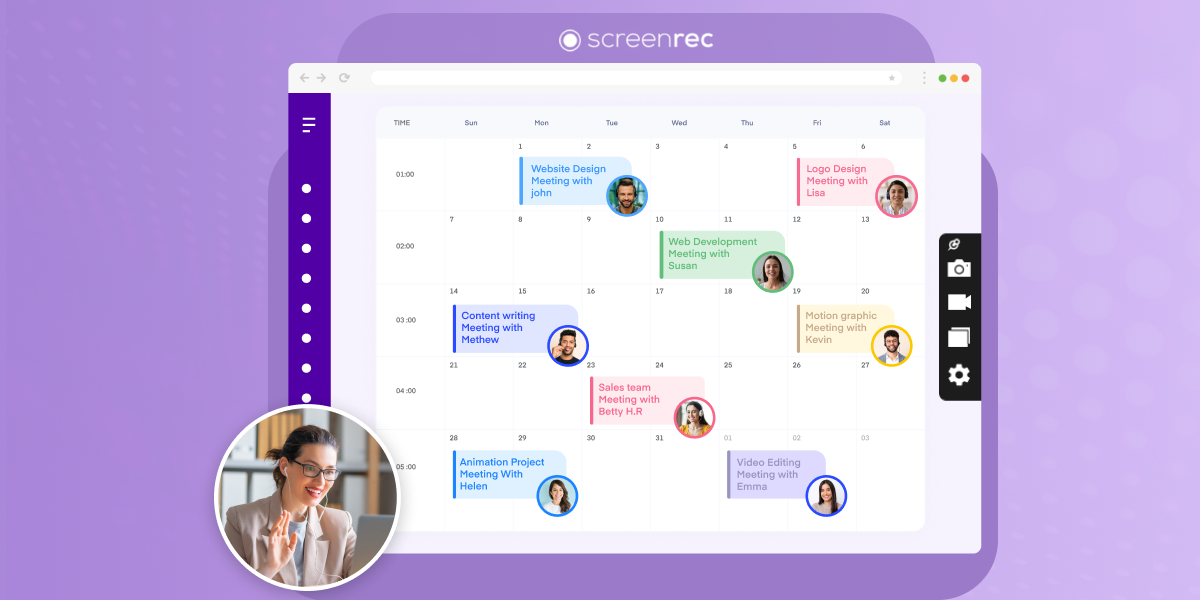
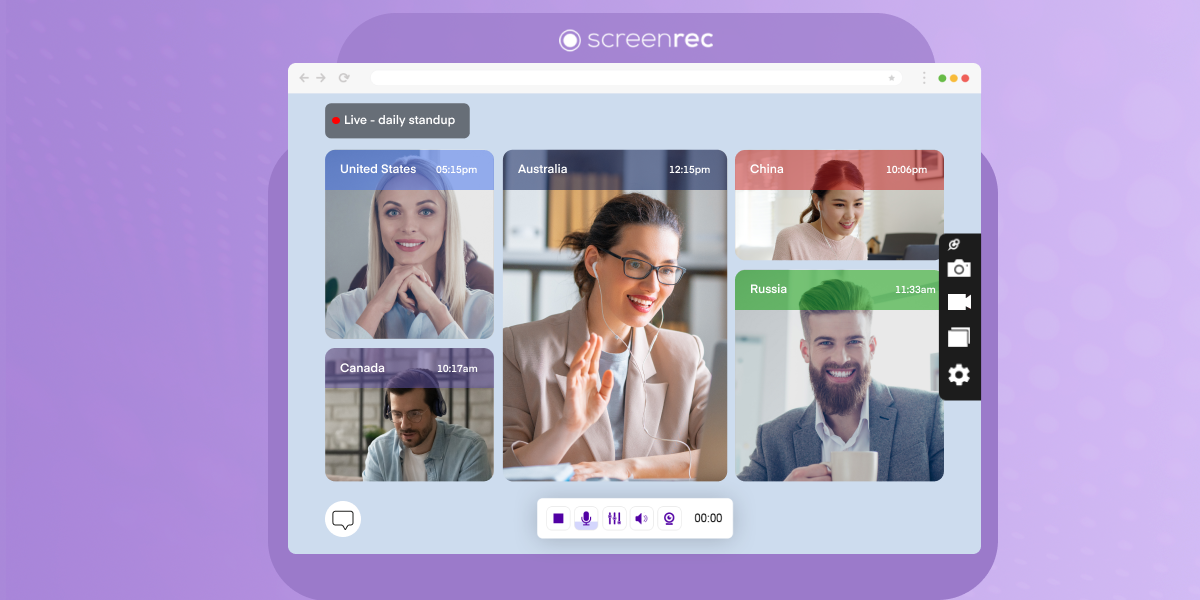
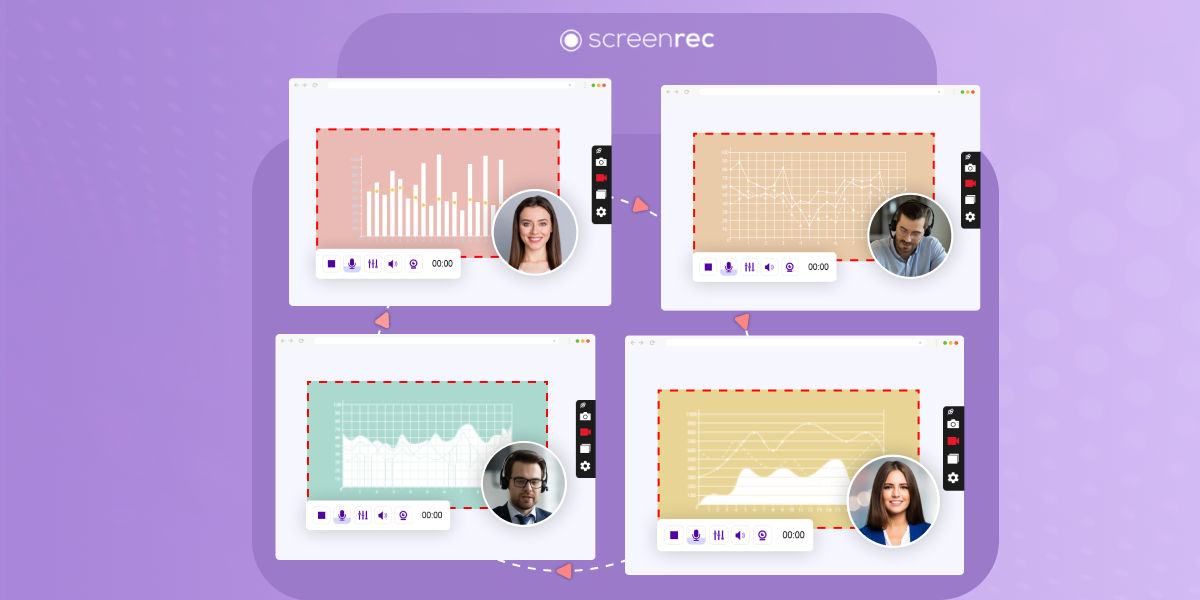

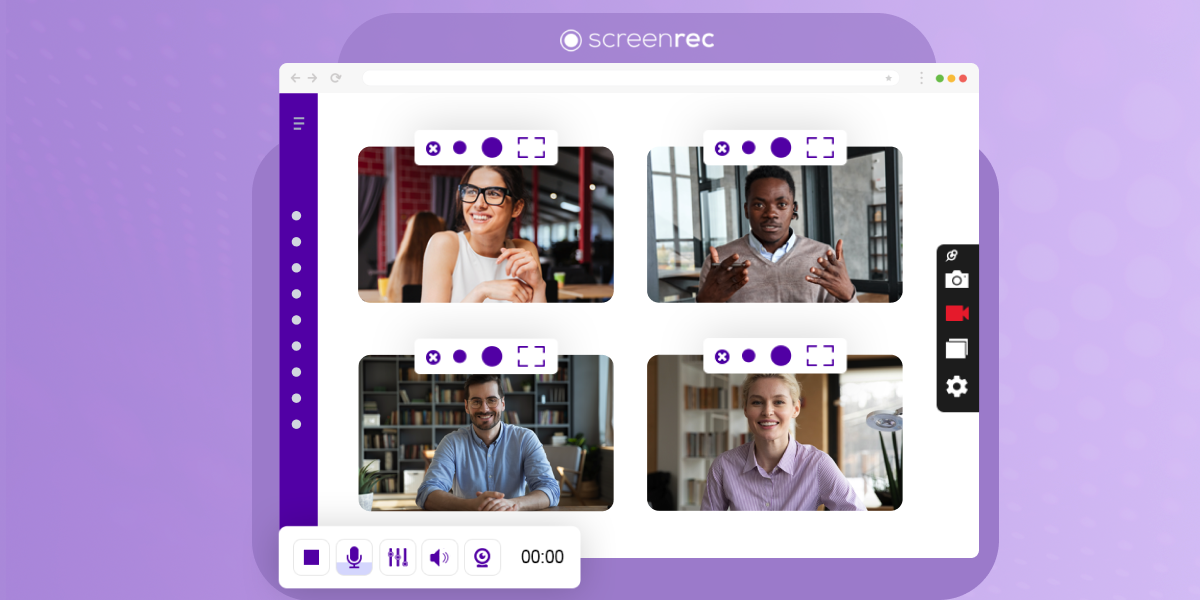

DON’T MISS OUT
Get updates on new articles, webinars and other opportunities: